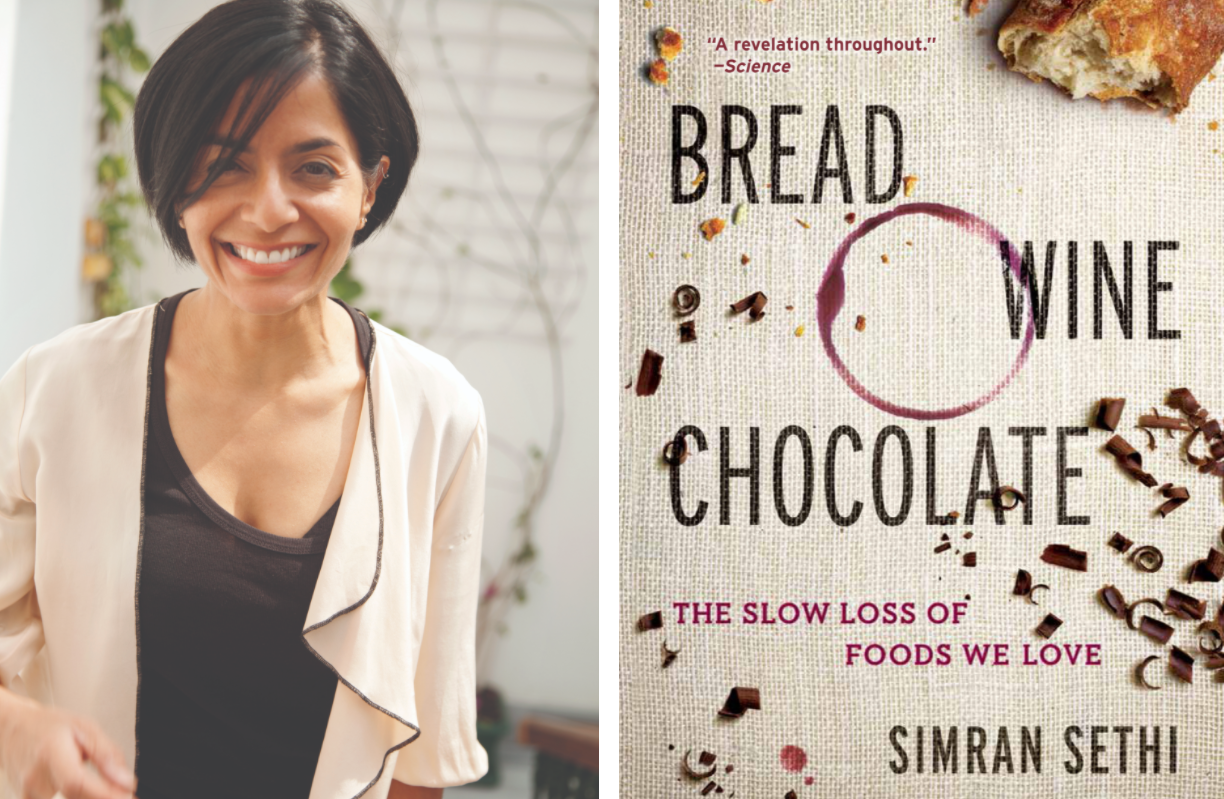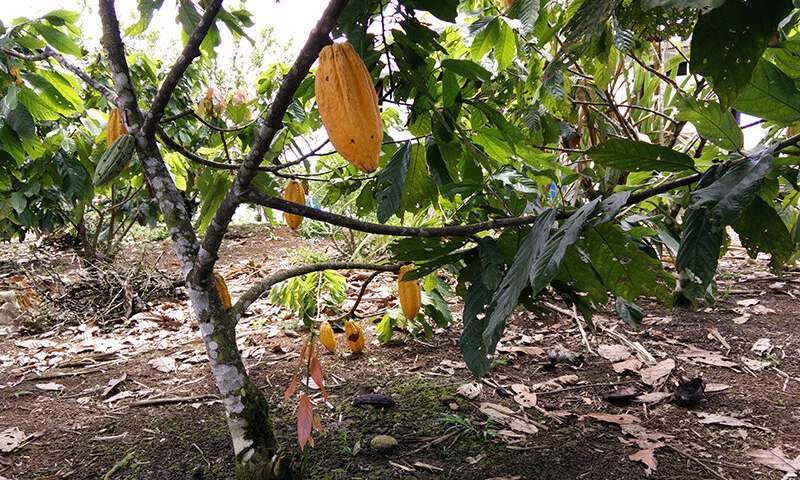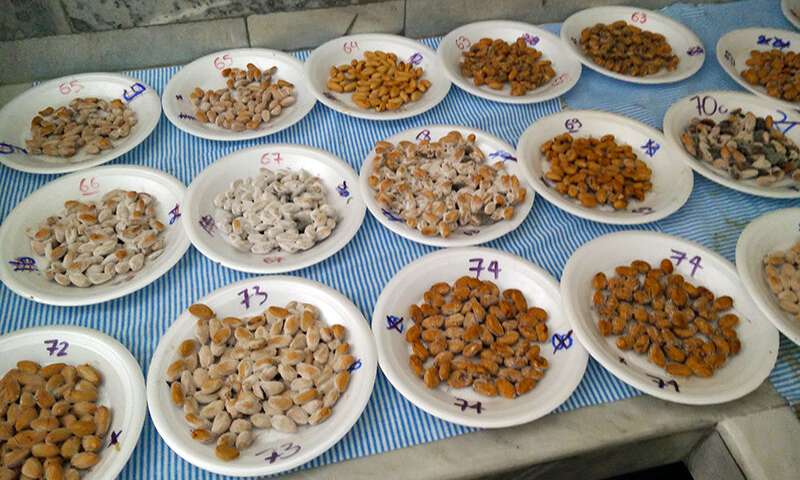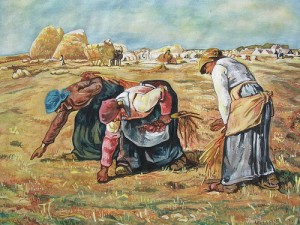
Simran Sethi is a writer and activist who protects food we love, like chocolate and wine. Scientists too are working to protect the food we love safer through more sustainable agricultural practices.
I am an addict. They say it’s good for me if I eat the 90% cacao, fair trade and organic. Chocolate is universally adored. But few know that farming for cacao is complicated business, mostly done by small-scale low-income farmers in Latin America, specifically Ecuador. New evidence suggests that eating too much chocolate might be dangerous because it grows in soils with high amounts of cadmium, which can build up in the body and cause cancer (see ceramic coated cooking pans).
The good news is that there are scientists working to help the farmers lower cadmium from their cacao trees. David Argüello from Belgium along with a team from Ecuador have found ways to reduce cadmium in chocolate trees, using lime. They report about it in the science Journal of Environmental Quality.

Scientists find that applying lime to the soil and that below the surface into the roots can help reduce cadmium buildup in cacao, or its end-product chocolate
Argüello says: “The cadmium issue threatens the livelihood of farmers because their products may not be suitable for trade and some buyers would prefer not to buy polluted cacao beans. We have to understand how cacao plants takes up the element.”

David Argüello
Traditionally in science, researchers would look at studies of other crops to see what works to prevent cadmium uptake. Something commonly added to the soil to help with this issue is lime, or calcium carbonate, a compound derived from limestone which is cheap and widespread and easy to obtain. This changes the cadmium chemically so that it’s not as likely to be absorbed by the crops, Argüello explains.
However, most crops like corn or sunflowers are replanted each year. This allows the lime to be mixed deep into the soil between crop seasons which is good. Cacao plants for chocolate, on the other hand, are trees that live for many years. It’s not possible to put lime into much of the soil without disturbing the roots of cacao. Farmers can only apply lime to the surface.
“This crop is very different than other conventional plants. The information available for its management is scarce and outdated. Many farmers get the advice that adding lime will solve the issue. But we wanted to investigate this,” Argüello explains.
The research team used an experiment where they planted cacao seedlings in pots in a greenhouse. This allowed them to add lime to the topsoil and subsoil and then test the cacao leaves for cadmium levels.
The solution needs to be deep rooted
Their findings show that adding lime to both layers decreased cadmium in the cacao leaves, which was not surprising. They also found that liming only the top layer also decreased cadmium. However, they discovered that when only the top layer is limed, more cadmium is taken up from roots in the bottom layer. This means that researchers and farmers cannot ignore high cadmium levels deep in soils.

The cacao beans were tested for amounts of cadmium in them. Results on how to apply lime can save the livelihood of smallholder farmers.
“Other nutrients, such as zinc, are chemically similar to cadmium,” Argüello says. “We hypothesize that the reduction of the availability of those nutrients in the top layer due to liming causes the roots in the bottom layer to compensate. During that process, zinc uptake increases but some undesired cadmium is also taken up as a mistake.”
The researchers say their findings have helped scientists understand how cacao plants behave and can possibly chart a path to finding an effective reduction strategy. Argüello hopes their work can help small cacao farmers sell their products. I hope they can find a way to create systems that lead to regenerative agricultural approaches (see the film Kiss the Ground with Woody Harrelson). Maybe there is a biosystem that can be created that can reduce the cadmium more naturally than just dumping lime on the problem.
“I am from Ecuador and cacao is the most traditional export commodity for my country,” says Argüello. “Every time I travel and find a bar of chocolate produced in Ecuador, I feel happy and proud. I like to think that my work will help small cacao farmers sell their products and help my country to continue to be recognized worldwide.”
Looking for a guide to sustainable chocolate? We have to start somewhere, so you can start here.


